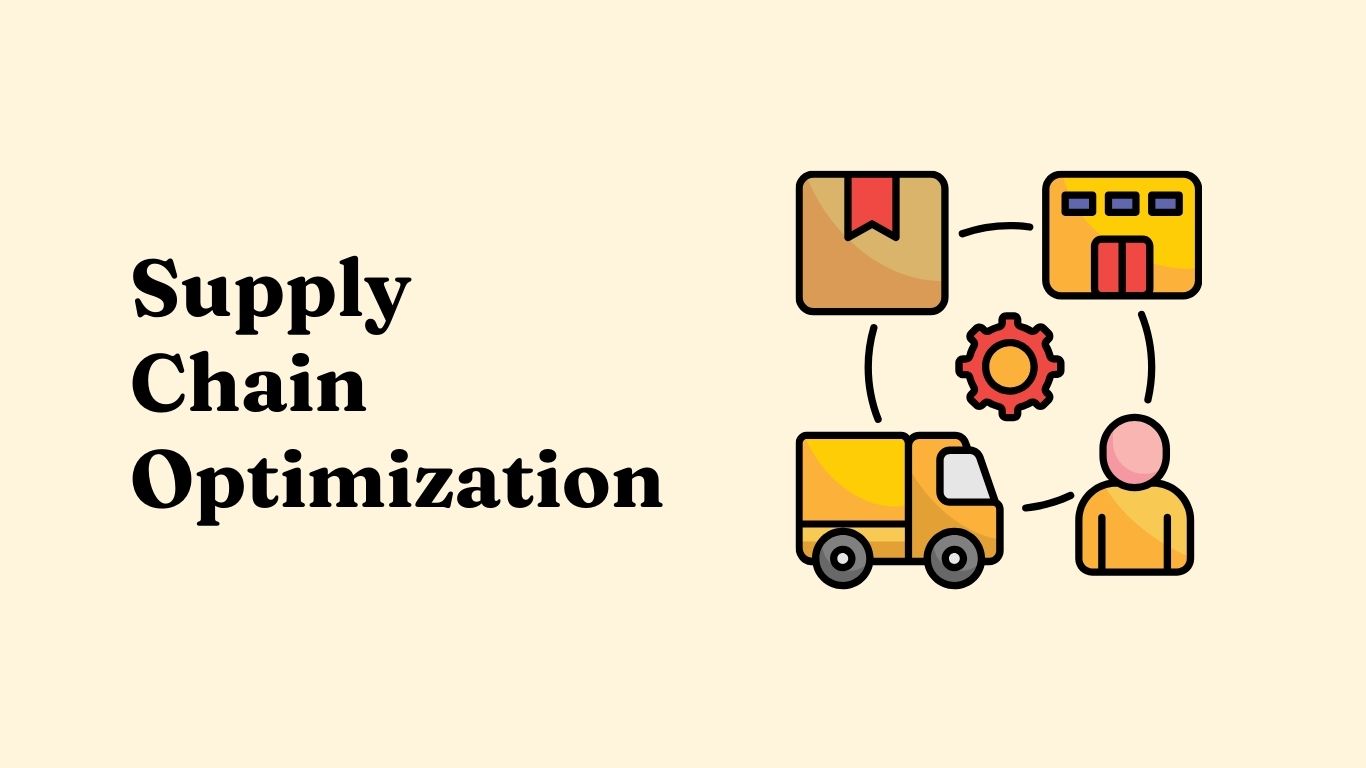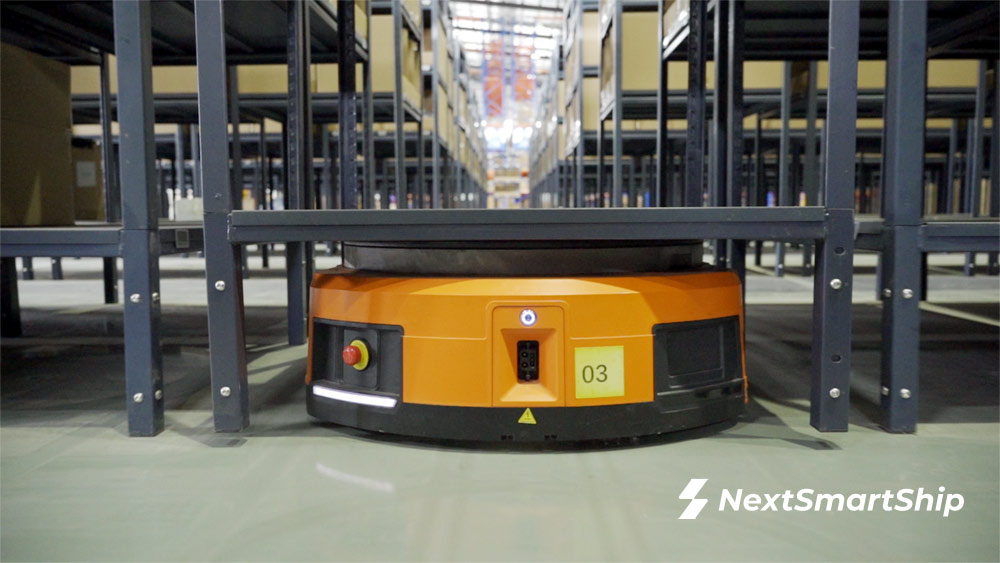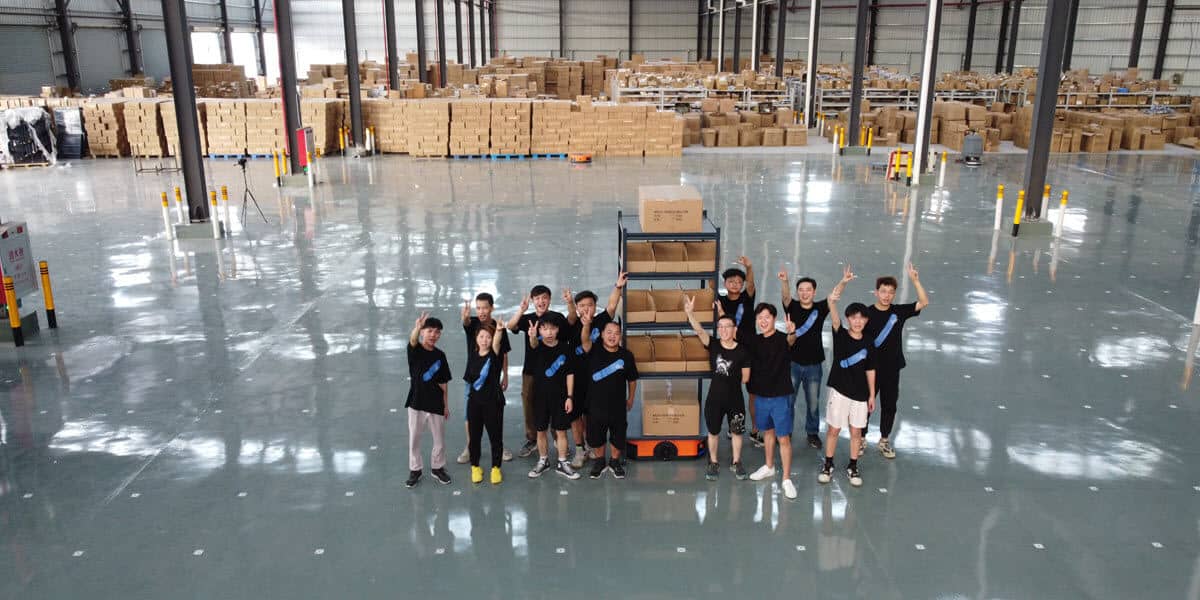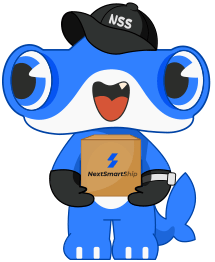A supply chain is a network between a company and its suppliers to produce and distribute. It is a blend between people, resources, equipment and information that needs to be accessible.
Whether you are a small business owner or a Fortune 500 executive, getting the supply chain optimization process right is crucial. Taking the time to clearly define your goals and understanding how different players can affect them will help you get the results you want.

An Overview: The Three Phases Of The Supply Chain Everyone Should Know
The three phases of the supply chain are:
Design.
This process involves creating a blueprint for your company’s supply chain and making decisions about how to manage it. It also involves creating a strategy that addresses the flow of goods and services to your customers.
Planning.
You take your blueprint and turn it into a detailed plan that you can use to make changes as needed in real-time. This includes ensuring that your employees are trained on new processes, procedures or technologies. You can also use this phase to determine how much inventory you need based on sales projections and what it will cost to produce those goods or services.
Execution/Operations.
Here is where all pieces come and work together as planned. This could mean managing transportation logistics or setting up a new distribution centre — anything that helps get products from point A to point B efficiently. Hence, they arrive at their destinations on time without delays or damage along the way.
Customer-Centric Supply Chain: Creating Synergy and Value for All Stakeholders
A customer-centric supply chain creates synergy and value for all stakeholders, including customers, suppliers and employees. This requires a total transformation of the supply chain ecosystem – from how products are designed, produced, delivered and serviced to the way logistics operations are conducted.
Customer-centric approaches harness data to deliver timely, personalized products and services that delight customers. The result is a better experience for consumers and increased sales and profitability for companies that adopt this approach.
Customer is King: A customer-centric supply chain is designed around the needs of individual customers or groups of them. This can be done through personalization, customization or mass customization of products and services based on their requirements.
Building Transparency & Trust: Transparency is essential for building trust in any personal or professional relationship. You can start by being honest about what you know and what you don’t know about your customers’ businesses, goals, needs and priorities. You should also be open about your internal processes, capabilities and limitations, and opportunities for improvement.
Agility & Flexibility: The agile supply chain is handy and can change quickly in response to changing market conditions or customer requirements. It also promotes collaboration between all stakeholders within the company and with customers, suppliers, and other partners to build a mutually beneficial relationship.
Thinking Out of the Box: Creating new products or services that meet your customers’ needs or improving existing ones to suit their needs better. This will help you stay ahead of the competition and give you an edge over other companies.
How to Get the Best Performance Out of Your Supply Chain?
The supply chain is the lifeblood of any business, and it’s critical to have a solid one in place. It’s impossible to overstate the importance of a well-managed supply chain, especially in today’s world where everything moves at lightning speed, and you’re expected to deliver on time every time.
Here are some tips on how you can get the best performance out of your supply chain:
Nuts And Bolts Of Supply Chain Performance
To start improving your supply chain, first determine what aspects of it need improvement. For example, if you want faster delivery times or lower costs — measure progress over time and compare different suppliers or processes.
There are several ways you can improve your supply chain performance:
Higher productivity: Companies with good supplier relationships are 11% more productive than those with poor ones.
Lower costs: Companies with high-quality supplier relationships are 6% less expensive than those with low-quality ones.
Better customer service: Companies with high-quality supplier relationships have 15% better customer satisfaction scores than those with low-quality ones.
There’s No Such Thing As Growth Without Measurement: Closing the Performance Gap
Set up metrics for your supply chain and measure them against targets set. This will help you find out where you are lacking in meeting expectations to make adjustments accordingly. The answer depends on what you’re trying to achieve with your supply chain. Identify gaps between current performance and desired performance objectives.
Here are some standard metrics used by companies in different industries:
Inventory turns: Average number of times inventory is sold or used
Outstanding orders: Number of orders still waiting to be fulfilled
On-time delivery: Percentage of shipments made within the specified timeframe
Understanding The Value Of A Supply Chain And Assessing Its Opportunities
It’s essential to regularly assess your supply chain operations and identify areas where you can improve efficiency, reduce waste and increase profitability. You need to know where potential improvement opportunities lie to focus your efforts on them. Are there bottlenecks that slow down deliveries, equipment failures that cause rework or other problems that could be solved through process improvements? In addition, look at areas where automation may be possible and investigate whether it would be worth investing in new technology – such as automated data collection devices – that could make things easier on your employees and more efficient. Review existing processes for opportunities for improvement with a fresh eye — don’t just accept what you’ve always done as good enough!
How Automating Your Supply Chain Will Produce Immediate Results
Automation can help streamline processes, reduce errors and increase efficiency in all parts of your business, including your supply chain operations. For example, if you have a warehouse full of inventory that needs to be shipped out regularly, consider investing in an automated conveyor belt system that will move items from one location to another without human intervention. This technology could save time and money and increase profits by ensuring that products are always shipped out on time.
Reviewing, Evaluating and Improving: Keep Your Supply Chain Network Fresh!
Many companies tend to get complacent with their supply chains, which could cause them problems down the road. If you don’t review your supply chain every year, you could miss out on opportunities that could have helped grow your business even more than it already has. For example, if there is an opportunity for a new supplier or an existing supplier to change its terms of service (such as payment terms), make sure that these changes are considered when making purchasing decisions moving forward.
Plan Ahead – Improve Your Supply Chain Network.
It would be best if you also planned to develop strategies and processes before they’re needed. This means identifying potential challenges before they happen so that you can come up with solutions in advance. For example, if there is a possibility that your suppliers might be affected by natural disasters or labour strikes, then take steps now so that their downtime doesn’t affect your operations.

The Challenges of Supply Chain Optimization & Why it Matters.
Inadequate Infrastructures
You need an appropriate infrastructure with intelligent warehouse management systems (IWMS) to optimize supply chain. IWMS systems allow companies to monitor their inventory levels and ensure enough stock available. They also allow companies to automate manual processes such as order fulfilment and shipping so they can focus on other aspects of running their business. The three pillars of infrastructures are:
a) Visibility
It’s challenging to plan when you can’t see what’s happening in real-time.
b) Mobility
Consumers expect products to be available when they need them — not just at a particular store location but also at any time.
c) Flexibility
Customers expect companies to be able to adapt quickly to changing consumer demands and trends.
Inaccurate Inventory Levels
When it comes to managing inventory, retailers face several challenges. For example, they must be able to have a supply chain inventory optimization strategy to optimize their storage space. These challenges are compounded when retailers rely on outdated manual methods or Excel spreadsheets for their inventory management.
Transport & Shipping Logistics
The shipping and logistics industry is currently facing numerous challenges due to changes in consumer behaviour, technology and the regulatory environment. Online shopping has changed how consumers shop and buy products. Today’s shoppers expect fast delivery speeds, high-quality products and reliable service at affordable prices. Retailers must meet these expectations while still maintaining a profit margin that makes sense for their business model.
Warehouse Picking & Packing
One of the biggest challenges for eCommerce logistics is picking and packing orders quickly and efficiently. Order volumes are increasing, but staff levels aren’t keeping pace. And when orders come in with multiple SKUs or different sizes and colours, picking can become even more complicated — especially when products need to be packaged separately or grouped by size or weight.
How 3PLs Can Enhance Your Supply Chain Management & Why It Is So Important To Choose The Right One For Your Business
When it comes to supply chain management, the priority is to choose the right 3PL provider. 3PLs are known as third-party logistics providers. With the increasing demand for fast and reliable delivery solutions, it is becoming more and more critical for companies to have a suitable 3PL partner. But choosing the right partner is not always easy.
Here are some factors that you should consider when choosing a 3PL provider:
Cost savings: A good 3PL will have lower overhead costs and can pass those savings on to you. This will save you money in the long run.
Quality control: A good 3PL will provide quality control over its carriers to meet your business’s standards for reliability and professionalism.
3PL Vs. 4PL: What’s The Difference?
The third-party logistics (3PL) industry has been around for decades, and it continues to grow. The main difference between 3PL and 4PL is that the former outsource transportation and logistics activities while the latter manages logistics activities and the execution across the supply chain.
The 4PL model offers clients a more holistic approach to managing their supply chains, including inventory management, transportation planning, and distribution centre management. In contrast, 3PLs will handle these core processes but not oversee all aspects of your supply chain.
While 3PLs may be cheaper than 4PLs for specific tasks like warehousing operations or trucking services, they often lack the expertise needed to manage other business areas such as manufacturing, distribution centres or customer service.
NextSmartShip, A-Tech Powered 4PL Fulfillment Centre – Where It’s All About The People.
NextSmartShip is a-tech powered 4PL Fulfillment Centre. We manage all aspects of your shipping, including picking, packing and delivery. We offer a range of services tailored to meet your needs so you can focus on growing your business. Our clients can scale up and down without worrying about managing or owning a warehouse or logistics network. We help them win customers by offering fast delivery and prompt customer service. We understand that every business is different, so we offer multiple options for shipping. Each plan comes with unlimited package tracking through our state-of-the-art shipping management software, guaranteed delivery dates, and access to over a range of carriers worldwide. Businesses that use NextSmartShip make 80% more successful deliveries than those that don’t!
NextSmartShip is your one-stop shop for all storage and transportation needs. We handle the entire logistics so that you can grow your business. With over ten years of experience in the industry and transparent pricing, we aim to give you a first-class service at a fraction of the cost you would be paying elsewhere.
At NextSmartShip, we are always looking for innovative ways to make your business more efficient. We believe that you can enjoy more time for yourself only when you work smarter. We at NextSmartShip are different; when all other leading logistics service providers claim to be a 4PL provider by just adding a 4th P, we go two steps further and call ourselves a “Next-Gen” 4PL provider. Through the power of people plus technology, we give rise to solutions that are cutting edge!

Frequently Asked Questions (FAQs)
1) How do you optimize your supply chain?
Optimising the supply chain means reducing costs and improving product quality, speed, and responsiveness.
Here are some ways to optimise your supply chain:
- Improve forecasting accuracy. Forecasts can be off for many reasons, so it’s essential to ensure they’re as accurate as possible. Companies can use statistical models to help predict demand and avoid overproduction or underproduction of goods.
- Develop a detailed inventory management program. Inventory management helps companies ensure they have enough raw materials on hand to avoid running out unexpectedly. The goal is to keep inventory levels low by making sure products are ordered rather than keeping too much in stock. It also helps avoid excessive spending on storage space for unsold goods.
- Reduce supplier waste and scrap rates by implementing lean manufacturing processes such as kanban systems and pull systems that improve communication between suppliers and manufacturers.
- Use collaborative software tools such as enterprise resource planning (ERP) software to automate your quote-to-order process by connecting buyers with sellers through an online network.
2) What is a supply chain network optimization plan?
A supply chain network optimisation plan is a document that describes how to optimize supply chain. The plan should include:
- A description of the current state of the supply chain
- A list of potential improvement opportunities, including financial benefits and risks
- A detailed implementation plan with actionable steps and timelines
- Includes the process for monitoring progress and making adjustments as necessary.
3) What are supplier management and optimization?
Supplier management and optimization is selecting, engaging and managing suppliers to deliver the best possible value for money. It involves ensuring that your business has a transparent process for selecting suppliers, managing their performance and continually improving their performance.
Supplier management and optimization can help you:
- Find great suppliers. Make sure you have suitable suppliers for your project or process.
- Manage your existing suppliers – ensure they deliver high-quality products on time and at a competitive price.
- Optimize supply chain by finding more cost-effective suppliers or alternate delivery methods while maintaining quality.



